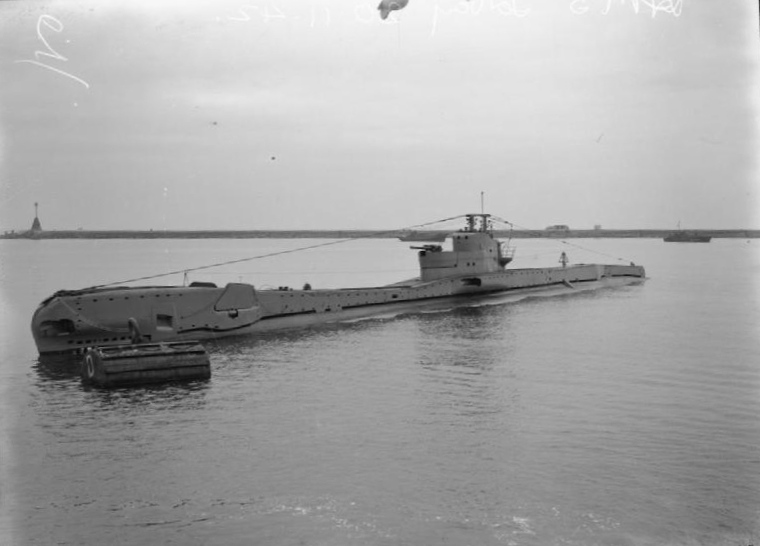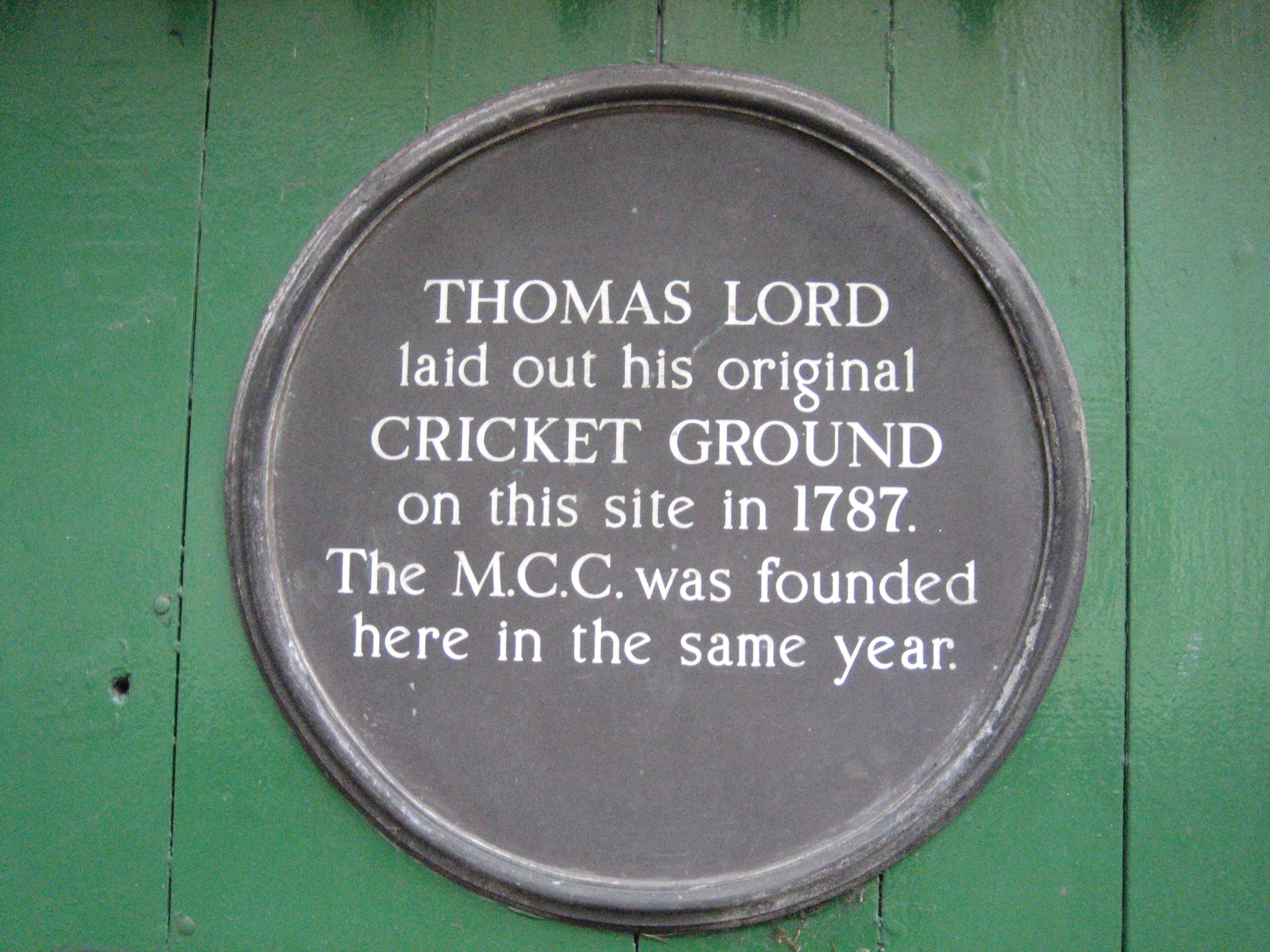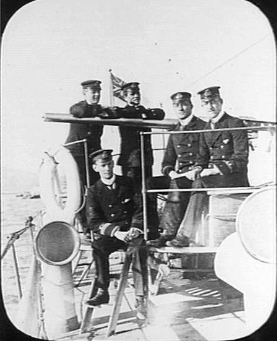|
Geoffrey Charles Tasker Keyes
Lieutenant Colonel Geoffrey Charles Tasker Keyes, (18 May 1917 – 18 November 1941) was a British Army officer of the Second World War and a recipient of the Victoria Cross, the highest award that can be made to British and Commonwealth forces for gallantry in the face of the enemy. At the time he was the youngest acting lieutenant colonel in the British Army. Background Keyes was the oldest son of Admiral of the Fleet Roger Keyes, 1st Baron Keyes, a British naval hero of the First World War and the first Director of Combined Operations during the Second World War. He attended King's Mead School in Seaford, Sussex, then Eton and the Royal Military College, Sandhurst. Keyes was a member of the Marylebone Cricket Club. Second World War Early actions Geoffrey Keyes was commissioned into the Royal Scots Greys. He saw action at Narvik and was later attached to No. 11 (Scottish) Commando, which was sent to the Middle East as part of Layforce. Following the allied invas ... [...More Info...] [...Related Items...] OR: [Wikipedia] [Google] [Baidu] |
Aberdour
Aberdour (; Scots: , gd, Obar Dobhair) is a scenic and historic village on the south coast of Fife, Scotland. It is on the north shore of the Firth of Forth, looking south to the island of Inchcolm and its Abbey, and to Leith and Edinburgh beyond. According to the 2011 census, the village has a population of 1,633. The village's winding High Street lies a little inland from the coast. Narrow lanes run off it, providing access to the more hidden parts of the village and the shoreline itself. The village nestles between the bigger coastal towns of Burntisland to the east and Dalgety Bay to the west. The parish of Aberdour takes its name from this village, and had a population of 1,972 at the 2011 Census.Census of Scotland 2011, Table KS101SC – Usual Resident Population, published by National Records of Scotland. Website http://www.scotlandscensus.gov.uk/ retrieved Apr 2018. See “Standard Outputs”, Table KS101SC, Area type: Civil Parish 1930, Area: Aberdour Etymology Abe ... [...More Info...] [...Related Items...] OR: [Wikipedia] [Google] [Baidu] |
Operation Flipper
Operation Flipper (also called the Rommel Raid) was a British commando raid during the Second World War, mainly by men from No. 11 (Scottish) Commando. The operation included an attack on the headquarters of Erwin Rommel, the commander of in North Africa. It was timed for the night of 17/18 November 1941, just before the start of Operation Crusader. The operation failed as Rommel had left the target house weeks earlier and all but two of the commandos who landed were killed or captured. One member of the Special Boat Section team, who had secured the beach for the commando party, also escaped. Planning From October to November 1941, a plan was formulated at Eighth Army (United Kingdom), Eighth Army headquarters to attack: (data from Jones 2006 unless indicated) * Rommel's presumed headquarters near Bayda, Libya, Beda Littoria, some inland from Apollonia, Cyrenaica, Apollonia, Libya * a wireless station and intelligence centre at Apollonia * an Italian headquarters and communicati ... [...More Info...] [...Related Items...] OR: [Wikipedia] [Google] [Baidu] |
Narvik
( se, Áhkanjárga) is the third-largest municipality in Nordland county, Norway, by population. The administrative centre of the municipality is the town of Narvik. Some of the notable villages in the municipality include Ankenesstranda, Ballangen, Beisfjord, Bjerkvik, Bjørnfjell, Elvegård, Kjøpsvik, Skjomen, Håkvik, Hergot, Straumsnes, and Vidrek. The Elvegårdsmoen army camp is located near Bjerkvik. Narvik is located on the shores of the Ofotfjorden. The municipality is part of the traditional district of Ofoten of Northern Norway, inside the Arctic Circle. The municipality of Narvik borders the municipality of Hamarøy to the southwest, Evenes to the northwest, Bardu, Gratangen, Lavangen and Tjeldsund (in Troms og Finnmark county) to the north, and Norrbotten County ( Lapland) in Sweden to the south and east. The municipality is the 10th largest by area out of the 356 municipalities in Norway. Narvik is the 57th most populous municipality in Norway with a popula ... [...More Info...] [...Related Items...] OR: [Wikipedia] [Google] [Baidu] |
Marylebone Cricket Club
Marylebone Cricket Club (MCC) is a cricket club founded in 1787 and based since 1814 at Lord's Cricket Ground, which it owns, in St John's Wood, London. The club was formerly the governing body of cricket retaining considerable global influence. In 1788, the MCC took responsibility for the laws of cricket, issuing a revised version that year. Changes to these Laws are now determined by the International Cricket Council (ICC), but the copyright is still owned by MCC. When the ICC was established in 1909, it was administered by the secretary of the MCC, and the president of MCC automatically assumed the chairmanship of ICC until 1989. For much of the 20th century, commencing with the 1903–04 tour of Australia and ending with the 1976–77 tour of India, MCC organised international tours on behalf of the England cricket team for playing Test matches. On these tours, the England team played under the auspices of MCC in non-international matches. In 1993, its administrative an ... [...More Info...] [...Related Items...] OR: [Wikipedia] [Google] [Baidu] |
Royal Military College, Sandhurst
The Royal Military College (RMC), founded in 1801 and established in 1802 at Great Marlow and High Wycombe in Buckinghamshire, England, but moved in October 1812 to Sandhurst, Berkshire, was a British Army military academy for training infantry and cavalry officers of the British and Indian Armies. The RMC was reorganised at the outbreak of the Second World War, but some of its units remained operational at Sandhurst and Aldershot. In 1947, the Royal Military College was merged with the Royal Military Academy, Woolwich, to form the present-day all-purpose Royal Military Academy Sandhurst. History Pre-dating the college, the Royal Military Academy, Woolwich, had been established in 1741 to train artillery and engineer officers, but there was no such provision for training infantry and cavalry officers. The Royal Military College was conceived by Colonel John Le Marchant, whose scheme for establishing schools for the military instruction of officers at High Wycombe and Great M ... [...More Info...] [...Related Items...] OR: [Wikipedia] [Google] [Baidu] |
Eton College
Eton College () is a public school in Eton, Berkshire, England. It was founded in 1440 by Henry VI under the name ''Kynge's College of Our Ladye of Eton besyde Windesore'',Nevill, p. 3 ff. intended as a sister institution to King's College, Cambridge, making it the 18th-oldest Headmasters' and Headmistresses' Conference (HMC) school. Eton is particularly well-known for its history, wealth, and notable alumni, called Old Etonians. Eton is one of only three public schools, along with Harrow (1572) and Radley (1847), to have retained the boys-only, boarding-only tradition, which means that its boys live at the school seven days a week. The remainder (such as Rugby in 1976, Charterhouse in 1971, Westminster in 1973, and Shrewsbury in 2015) have since become co-educational or, in the case of Winchester, as of 2021 are undergoing the transition to that status. Eton has educated prime ministers, world leaders, Nobel laureates, Academy Award and BAFTA award-winning actors, and ge ... [...More Info...] [...Related Items...] OR: [Wikipedia] [Google] [Baidu] |
Seaford, East Sussex
Seaford is a town in East Sussex, England, east of Newhaven and west of Eastbourne.OS Explorer map Eastbourne and Beachy Head Scale: 1:25 000. Publisher:Ordnance Survey – Southampton B2 edition. Publishing Date:2009. In the Middle Ages, Seaford was one of the main ports serving Southern England, but the town's fortunes declined due to coastal sedimentation silting up its harbour and persistent raids by French pirates. The coastal confederation of Cinque Ports in the mediaeval period consisted of forty-two towns and villages; Seaford was included under the "Limb" of Hastings. Between 1350 and 1550, the French burned down the town several times. In the 16th century, the people of Seaford were known as the "cormorants" or "shags" because of their enthusiasm for looting ships wrecked in the bay. Local legend has it that Seaford residents would, on occasion, cause ships to run aground by placing fake harbour lights on the cliffs. Seaford's fortunes revived in the 19th century wit ... [...More Info...] [...Related Items...] OR: [Wikipedia] [Google] [Baidu] |
King's Mead School
Kings or King's may refer to: *Monarchs: The sovereign heads of states and/or nations, with the male being kings *One of several works known as the "Book of Kings": **The Books of Kings part of the Bible, divided into two parts **The ''Shahnameh'', an 11th-century epic Persian poem **The Morgan Bible, a French medieval picture Bible **The Pararaton, a 16th-century Javanese history of southeast Asia *The plural of any king Business *Kings Family Restaurants, a chain of restaurants in Pennsylvania and Ohio *Kings Food Markets, a chain supermarket in northern New Jersey * King's Favourites, a brand of cigarettes *King's Variety Store, a chain of stores in the USA *King's (defunct discount store), a defunct chain of discount stores in the USA Education *King's College (other), various colleges * King's School (other), various schools * The King's Academy (other), various academies Electoral districts *King's (New Brunswick electoral district) (1867–190 ... [...More Info...] [...Related Items...] OR: [Wikipedia] [Google] [Baidu] |
Combined Operations Headquarters
Combined Operations Headquarters was a department of the British War Office set up during Second World War to harass the Germans on the European continent by means of raids carried out by use of combined naval and army forces. History The command used air and naval units to deliver the Commandos to various targets, and then recover them. Thus, it was a combined arms coordination and command structure. Admiral of the Fleet Roger Keyes was the first director, from 17 July 1940 to 27 October 1941. He was replaced first by Lord Louis Mountbatten, who led the command for a year. He in turn was succeeded by Major General Robert Laycock (October 1943 – 1947). It comprised background staff whose job was to plan operations and to develop ideas and equipment to harass the enemy in any way possible. It also covered all those who worked with landing craft up to and including the landing ships that were used in the various amphibious operations. The badge of Combined Operations was an ... [...More Info...] [...Related Items...] OR: [Wikipedia] [Google] [Baidu] |
First World War
World War I (28 July 1914 11 November 1918), often abbreviated as WWI, was one of the deadliest global conflicts in history. Belligerents included much of Europe, the Russian Empire, the United States, and the Ottoman Empire, with fighting occurring throughout Europe, the Middle East, Africa, the Pacific, and parts of Asia. An estimated 9 million soldiers were killed in combat, plus another 23 million wounded, while 5 million civilians died as a result of military action, hunger, and disease. Millions more died in genocides within the Ottoman Empire and in the 1918 influenza pandemic, which was exacerbated by the movement of combatants during the war. Prior to 1914, the European great powers were divided between the Triple Entente (comprising France, Russia, and Britain) and the Triple Alliance (containing Germany, Austria-Hungary, and Italy). Tensions in the Balkans came to a head on 28 June 1914, following the assassination of Archduke Franz Ferdina ... [...More Info...] [...Related Items...] OR: [Wikipedia] [Google] [Baidu] |
Commonwealth Of Nations
The Commonwealth of Nations, simply referred to as the Commonwealth, is a political association of 56 member states, the vast majority of which are former territories of the British Empire. The chief institutions of the organisation are the Commonwealth Secretariat, which focuses on intergovernmental aspects, and the Commonwealth Foundation, which focuses on non-governmental relations amongst member states. Numerous organisations are associated with and operate within the Commonwealth. The Commonwealth dates back to the first half of the 20th century with the decolonisation of the British Empire through increased self-governance of its territories. It was originally created as the British Commonwealth of Nations through the Balfour Declaration at the 1926 Imperial Conference, and formalised by the United Kingdom through the Statute of Westminster in 1931. The current Commonwealth of Nations was formally constituted by the London Declaration in 1949, which modernised the comm ... [...More Info...] [...Related Items...] OR: [Wikipedia] [Google] [Baidu] |
Roger Keyes, 1st Baron Keyes
Admiral of the Fleet Roger John Brownlow Keyes, 1st Baron Keyes, (4 October 1872 – 26 December 1945) was a British naval officer. As a junior officer he served in a corvette operating from Zanzibar on slavery suppression missions. Early in the Boxer Rebellion, he led a mission to capture a flotilla of four Chinese destroyers moored to a wharf on the Peiho River. He was one of the first men to climb over the Peking walls, to break through to the besieged diplomatic legations and to free them. During the First World War Keyes was heavily involved in the organisation of the Dardanelles Campaign. Keyes took charge in an operation when six trawlers and a cruiser attempted to clear the Kephez minefield. The operation was a failure, as the Turkish mobile artillery pieces bombarded Keyes' minesweeping squadron. He went on to be Director of Plans at the Admiralty and then took command of the Dover Patrol: he altered tactics and the Dover Patrol sank five U-Boats in the first ... [...More Info...] [...Related Items...] OR: [Wikipedia] [Google] [Baidu] |
.jpg)




.jpg)

